1908 Shansi China Revival

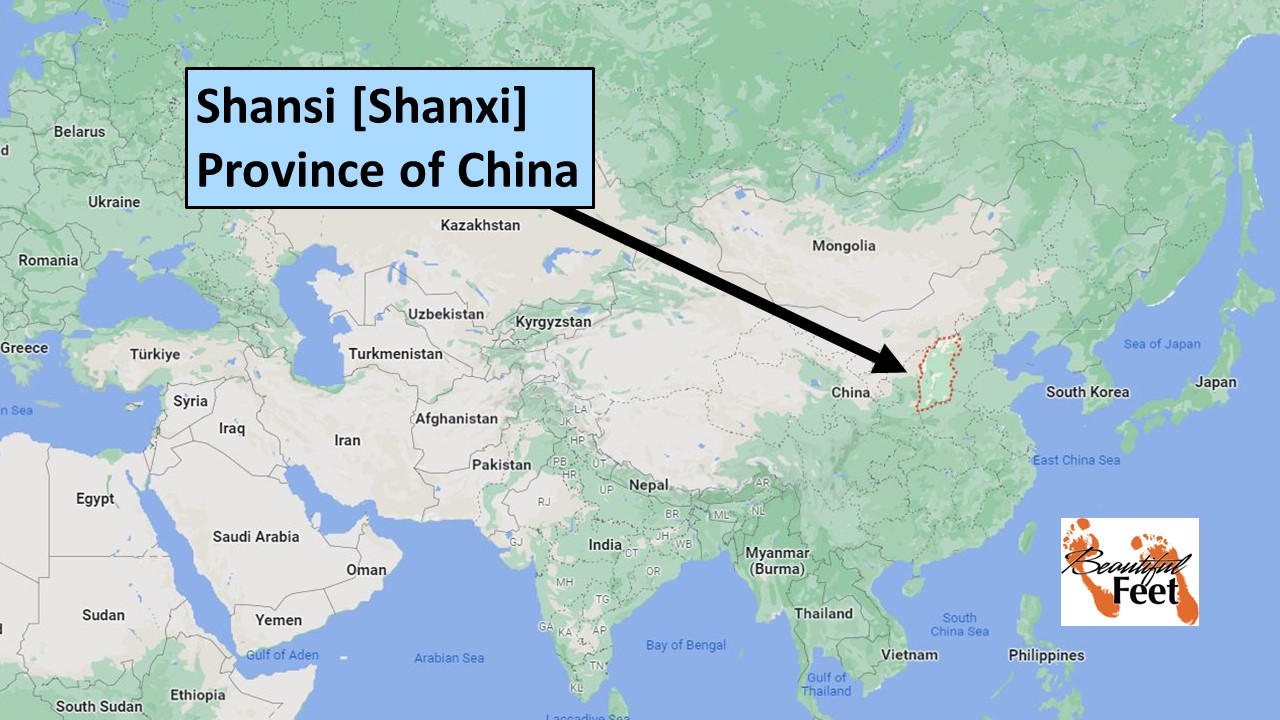
Introduction
This revival occurred in the Shansi Province of China (today Shanxi) beginning in the fall of 1908. The revival didn’t occur in one location. It was experienced at numerous mission stations throughout the province.
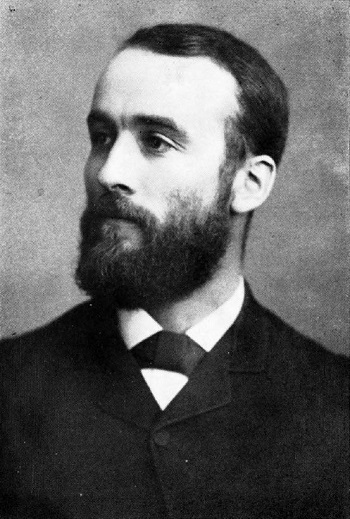
Jonathan Goforth (1887)
The initiator, or spark for the revival, was Jonathan Goforth (1859-1936), a Canadian Presbyterian Missionary. Having arrived in China in March of 1888 to pioneer a mission in the Honan Province (now Henan), Goforth went on to become the foremost missionary revivalist in early 20th century China. Goforth and his wife, Rosalind, served in China 46 years. Their success in ministry came at a cost, for they lost 5 of their 11 children to sickness, and Goforth was even a survivor of an attack with a sword during the Boxer Rebellion (1899-1901).
Extraordinary Prayer
Beginning in 1900, a significant prayer movement had developed. Many Chinese Christians (32,000) involved in that prayer movement lost their lives during the Boxer Rebellion, along with 188 foreign missionaries and their children. During the years of 1906-1907, the prayers and blood of the saints began to produce fruit, as many Chinese began responding to the Gospel.
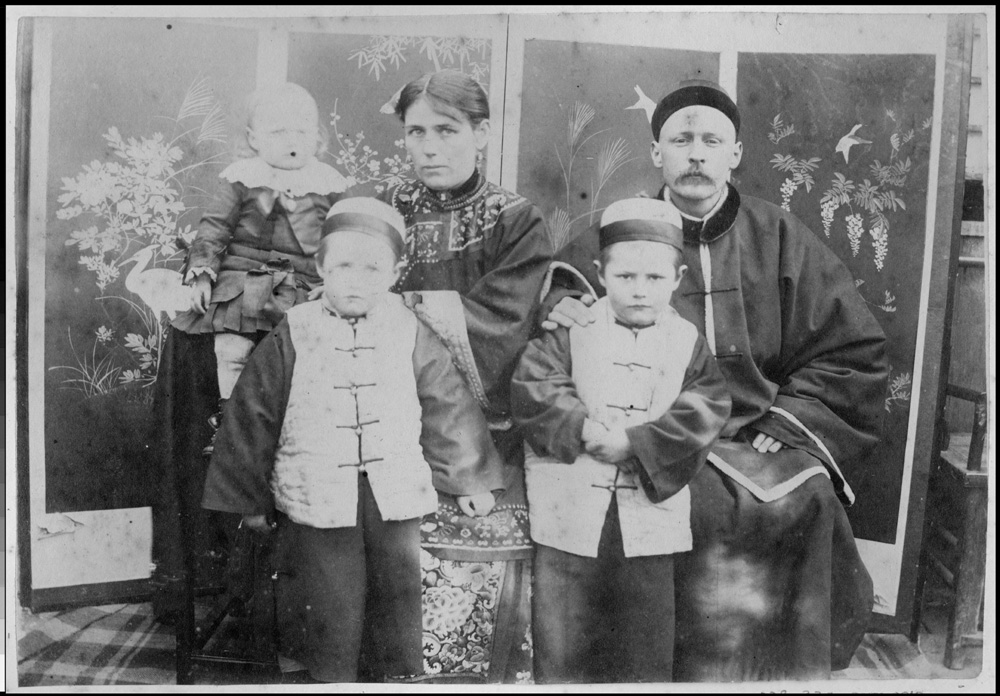
George and Catherine Farthing were Baptist missionaries who
worked in the Shanxi Province. This family was beheaded
in Taiyuan, Shanxi, China by the Boxers on July 9, 1900.
Children of the Farthings were: Fredrick, Arthur, Ruth, Elizabeth, and Guy.
What Happened
In September 1908, after having finished powerful revival meetings throughout Manchuria (1908 Manchurian Revival), Goforth arrived in Shansi to hold a series of meetings, and the results were spectacular, with few, if any, of the missionaries ever having witnessed such a powerful move of the Holy Spirit.
Five Locations
Jonathan Goforth held meetings in the following five locations in the Shansi Province:
A Typical Goforth Meeting
Jonathan Goforth’s meetings were very similar in all the 6 provinces where he held meetings:
► The meetings lasted between 2-4 hours. On some days the people would be in the chapel for up to 10 or more hours.
► Due to the manifest and tangible presence of God, the time passed with little to no awareness of or regard to time—it was as if time stood still.
► The day commenced with prayer in different rooms with small groups or in a chapel.
► At 10:30 a.m. there was a service, as well as one at 3:30 p.m.
► The services began with an introduction, followed by yet more prayer.
► There was sharing of revival stories that Goforth witnessed and participated in, both in Korea as well as in Manchuria (1907 Pyongyang Korea Revival & 1908 Manchurian Revival).
► Goforth would then deliver his sermon.
► An opportunity was given for people to voluntarily lead in prayer.
► Due to the intense conviction power of the Holy Spirit that was present, there was strong crying with tears.
► The conviction of sin drove many Chinese believers to publicly confess their sins.
► After sins were confessed, restitution and reconciliation were carried out.
This voluntary prayer of the believers was often to confess failure and sin, and as the meetings continued over several days, the intensity of the Holy Spirit’s conviction power was so great that one person would immediately arise after the last one, in rapid succession.
At times waves of confession and prayer passed over the whole audience and the very atmosphere seemed charged with the Spirit’s power.
This conviction power was so intense that it led more than one to say:
I could not help myself, I had to get up and confess.
Quenching the Holy Spirit
At times there was a highly noticeable quenching of the Holy Spirit that would take place. It normally occurred when someone would lead in a prayer who was not being directed by the Holy Spirit to do so. These individuals were possibly praying to gain attention for themselves.
There was also a quenching of the Holy Spirit that occurred when there was someone that refused to yield to the promptings of the Spirit, and they held back and didn’t pray when they were being directed to.
The measure to which the Holy Spirit was yielded to, or resisted, determined the measure of blessing those assembled received.
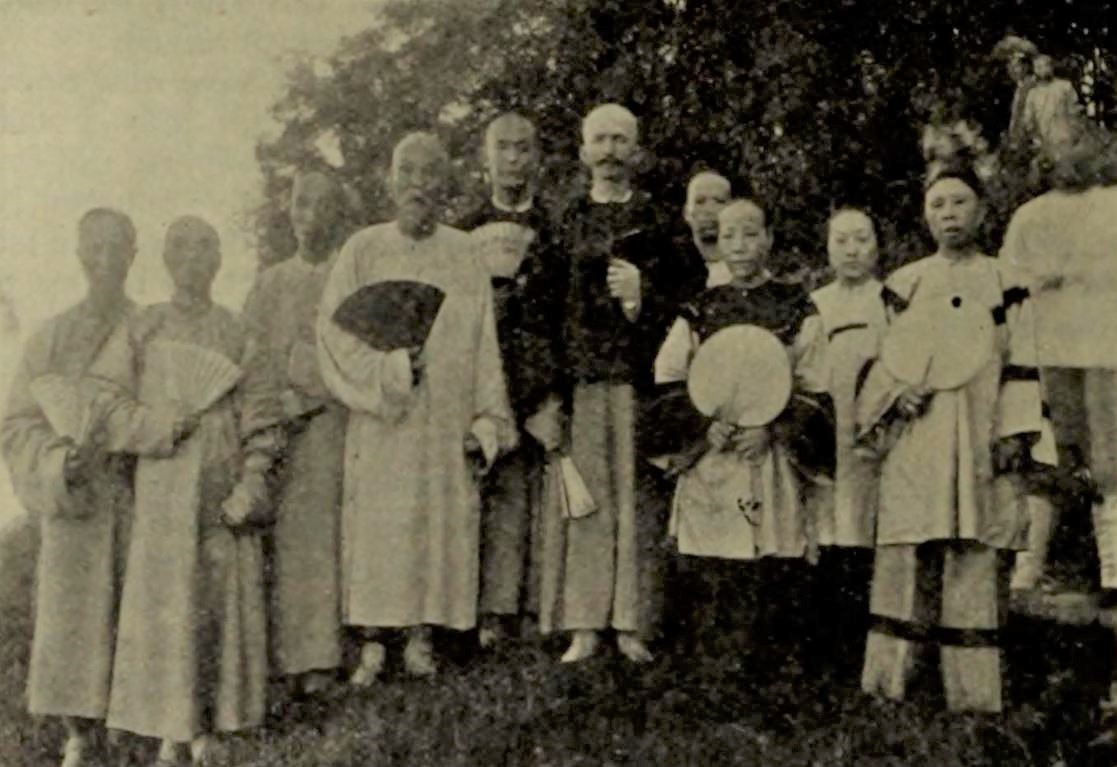
Baptismal Candidates
Revival Continues after Goforth’s Departure
A report from a missionary on November 6, 1908, indicated that 5 weeks after Goforth’s departure, the outpouring of the Holy Spirit had only increased. This proved that Goforth’s meetings were preliminary, because during them:
there had been much confession of sin, which though so painful to listen to, opened the way for abundant blessing. The movement began with the elder, deacons, and other leaders in the church and was a time which can never be forgotten, when strong men sobbed out their confession and prayer for forgiveness. Many confessed to theft, lying, hatred and other awful sins, till one dreaded to hear more.
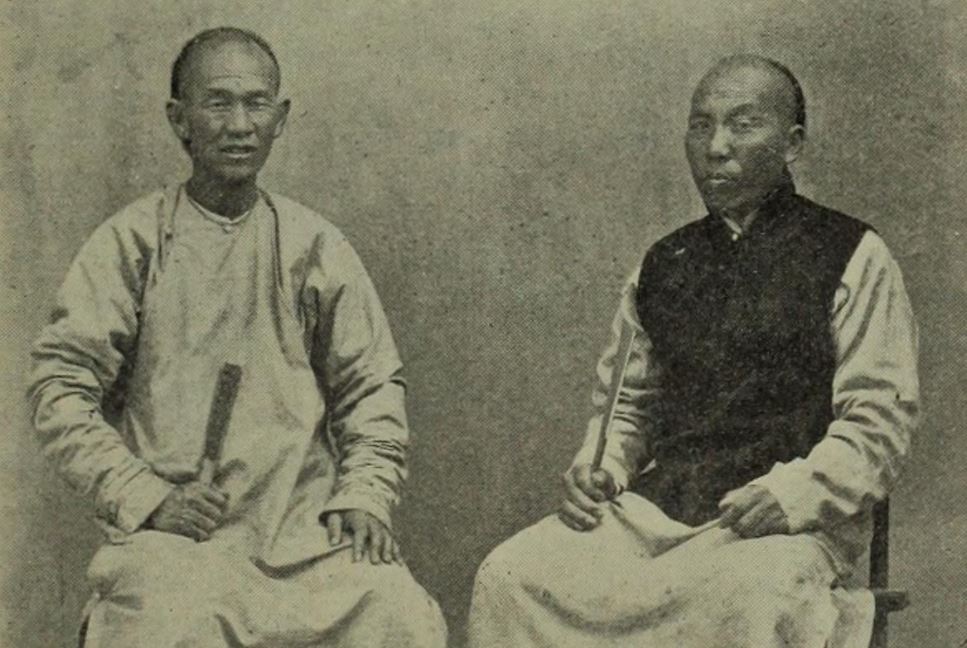
Chinese Evangelists
Revival’s Transfer of Leadership
With Goforth having left, a China Inland Mission missionary (Mr. Lutley), and a Chinese evangelist (Mr. Wang) took leadership of the revival services.
On the afternoon of the third day of services, without Goforth being present, those assembled experienced such a manifestation of the Holy Spirit’s power that it left many flat on their faces, crying out for forgiveness. This included deacons, elders, children from the schools, as well as men and women, all of which were overwhelmed by the tremendous conviction of sin.
The missionary writing the report of this day said:
I trembled from head to foot and shuddered at the thought of what the Judgement Day would be. God in His awful, holy majesty had suddenly come down into our midst.
Revival Spread to Every Church
Mr. Lutley indicated how extensive this revival spread:
The gracious work of the Holy Spirit has been spreading until every church in Central Shansi has been reached with the blessed life-giving river.
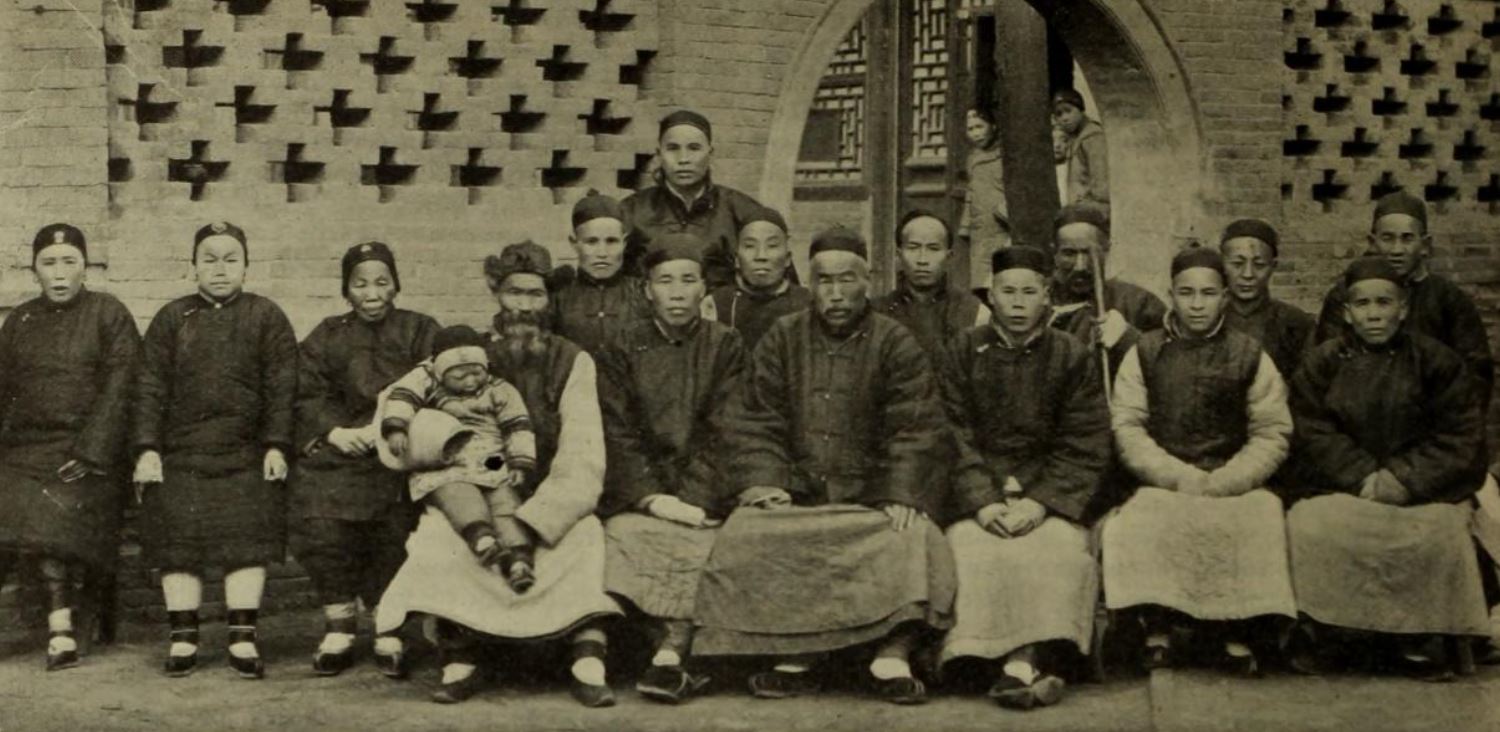
Group of Christians from Kaifeng
Revival Spreads to Neighboring Province of Honan (Henan)
When a group of believers from the city of Kaifeng heard of the revival taking place in Shansi, a delegation of 14 from that town traveled two days to participate. After their return to Kaifeng, they were given one of the church services to share what they experienced. The result was that they carried the revival back with them, and “The Holy Ghost Himself was the leader of the meeting.” Confessions, repentance, and reconciliations followed! 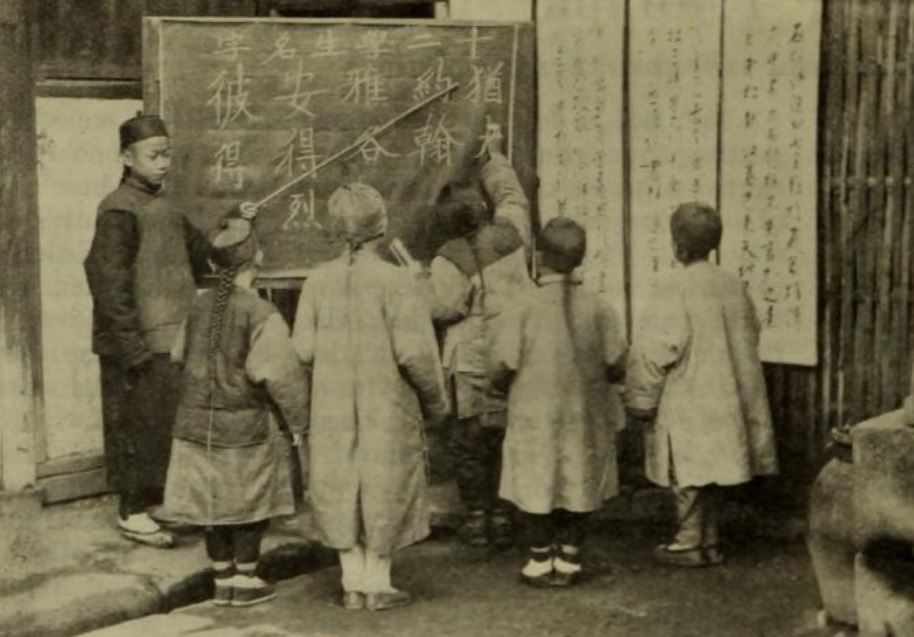
Schools were also affected by the revivals
Jonathan Goforth’s Ministry Spread to Other Provinces
By 1911, Goforth had completed 30 campaigns in 6 provinces with similar results being seen at each location.
►Old hymns were sung with a new and extraordinary fervor, and new hymns were composed.
►Debts were repaid.
►The Spirit of intercession was poured out on the Church. During and following the revival, people would spend long periods of time in private prayer.
►The national awakening that followed this revival doubled the Protestant population in China to a quarter of a million.
►The Lord used Jonathan Goforth to spark the Shansi revival, but the fires of revival were kept blazing by the Chinese leadership.
►Prominent Chinese denominations began to emerge at this time.
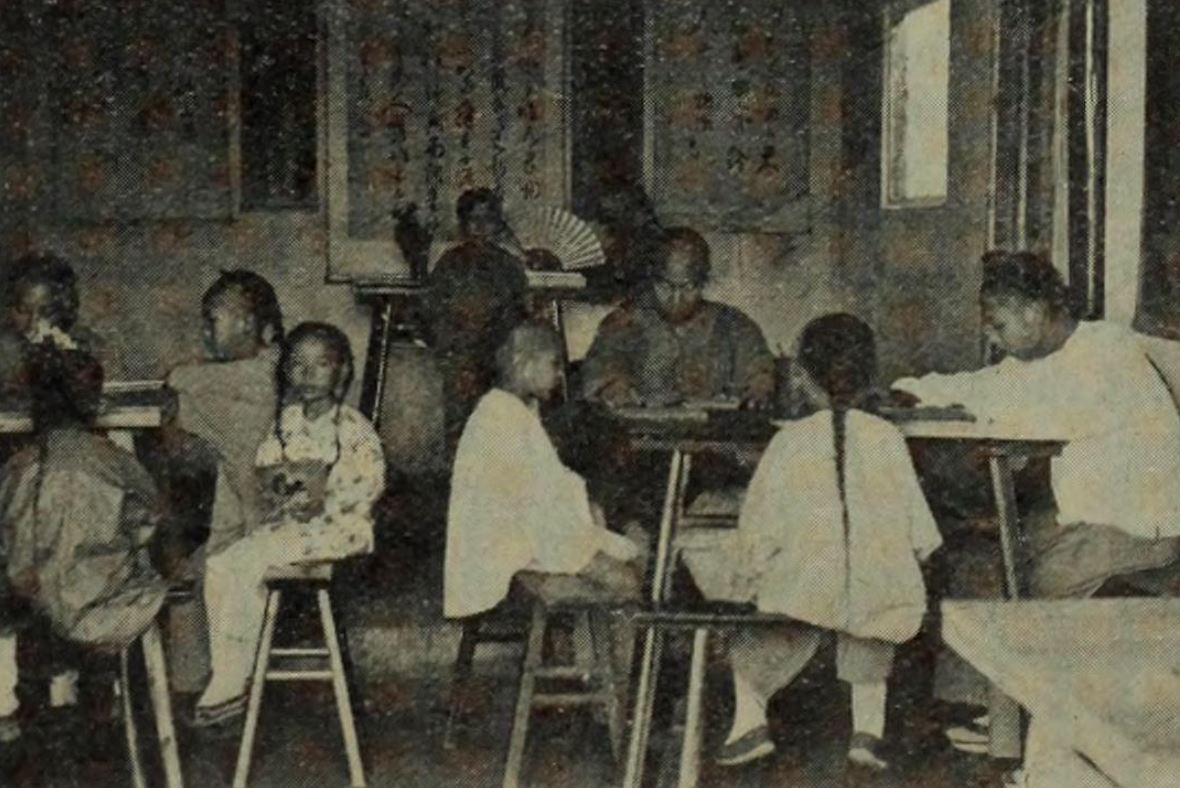
School room in Shansi
Source
► Blessing in Kaifeng, Honan by C. Howard Bird
► By My Spirit by Jonathan Goforth
► Goforth of China by Rosalind Goforth
► How I Know God Answers Prayer by Rosalind Goforth
► Jonathan Goforth by Wikipedia
► Jonathan Goforth Missionary to China by Missionaries of the World
► Manchurian Revival by Wikipedia
► News of Blessing in Shansi by W. Percy Knight & F. Louise Morris
► Revival in Shansi by Rev. F. C. H. Dreyer
► Shansi by Miss. E. Johnson
► The 10 Greatest Revivals Ever by Elmer Towns
► The Revival by J. Hudson Taylor
► The Revival in Manchuria by James Webster
► When the Spirit’s Fire Swept Korea by Jonathan Goforth
Return to List of Revival Stories
Chet & Phyllis Swearingen:
Office: (260) 920-8248
romans1015@outlook.com
Beautiful Feet
P.O. Box 915
Auburn, IN 46706

